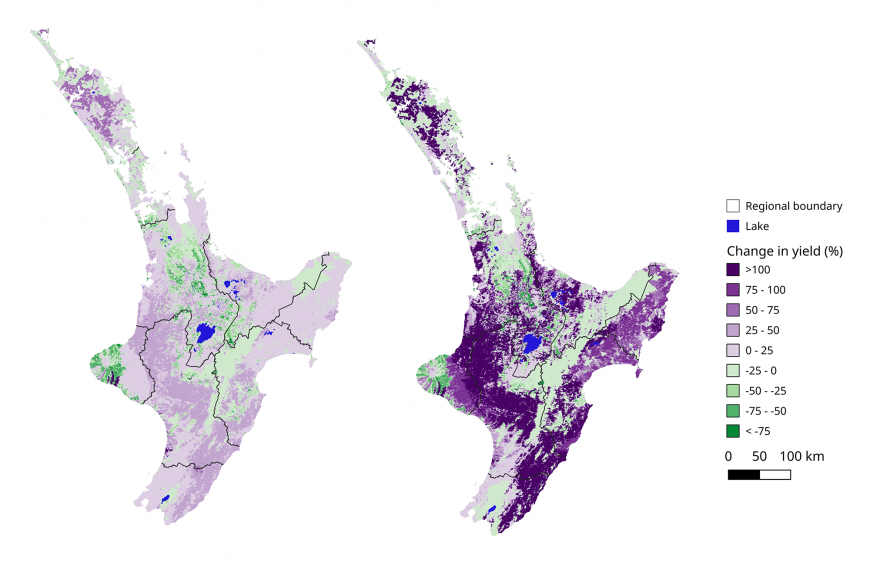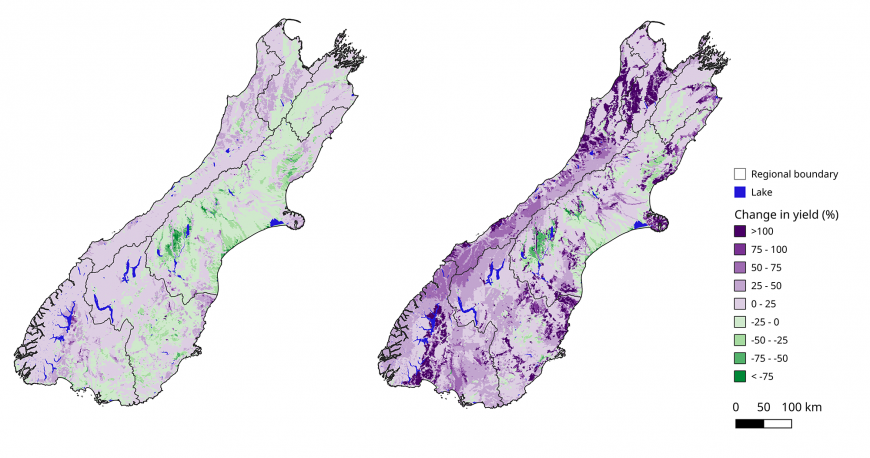National-scale impacts of climate change on erosion and suspended sediment loads
Policymakers and catchment managers therefore need to plan for the impact of climate change on erosion and the resulting impact on sediment loads in freshwater and marine receiving environments. However, there has been no published quantitative assessment of national-scale changes in erosion or suspended sediment loads anticipated under future climate for Aotearoa.
To address this gap, a recent project by Manaaki Whenua – Landcare Research (MWLR), in collaboration with AgResearch and NIWA, produced New Zealand’s first national assessment of the potential impact of climate change on erosion and suspended sediment loads as part of the Land Use Opportunities: Whitiwhiti Ora programme within the Our Land and Water National Science Challenge.
The results highlight clear regional differences in the effect of climate change on erosion and sediment loads across Aotearoa. On the North Island, soft-rock hill country shows the largest response in erosion to climate change (Fig. 1a). On the South Island, the most noticeable differences in the impact of climate change on erosion are seen in the eastern regions (Fig. 1b) where drier conditions under a low CO2 concentration scenario lead to decreasing erosion as opposed to wetter conditions under higher CO2 concentrations leading to increased erosion.
Figure 1. Percent change in average annual sediment yield relative to the baseline (1995) for a) the North Island and b) the South Island under low (left) and high (right) CO2 concentration scenarios by end-century (2090). Purple represents an increase in sediment yield, and green represents a decrease.
Up to 28% of the North Island and 8% of the South Island are estimated to experience a two-fold or greater increase in average annual sediment yield (sediment supplied to the channel network) by end-century (Fig. 1a,b). Regional sediment loads delivered to coastal receiving environments are estimated to increase between 1% and 233% across New Zealand. These responses are driven by different directions and magnitudes of change in erosion, and the cumulative impact on suspended sediment loads. Policymakers and catchment managers will need to account for this spatial variation in erosion response to climate change if aspirations for land productivity and aquatic ecosystem health are to be achieved under future climate.
Key contact



